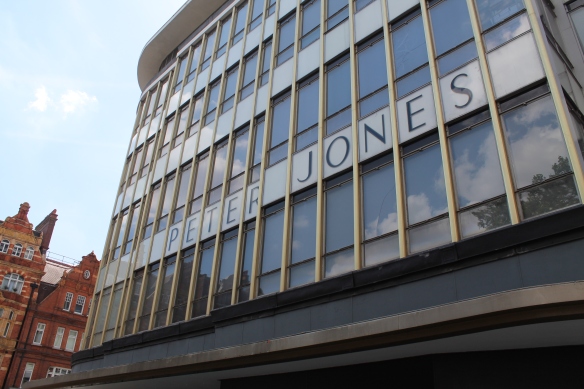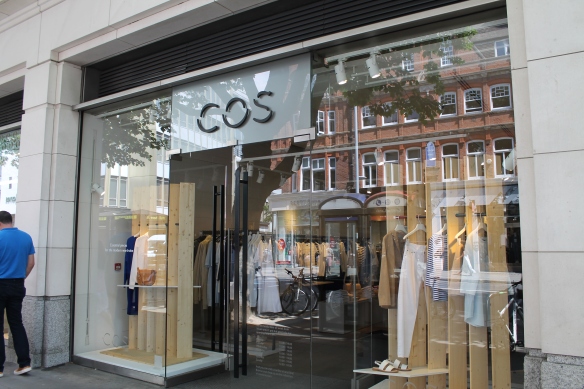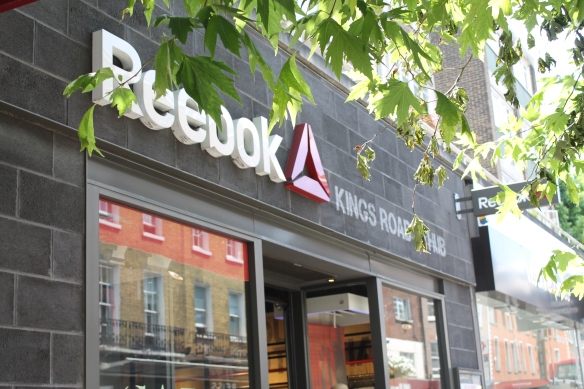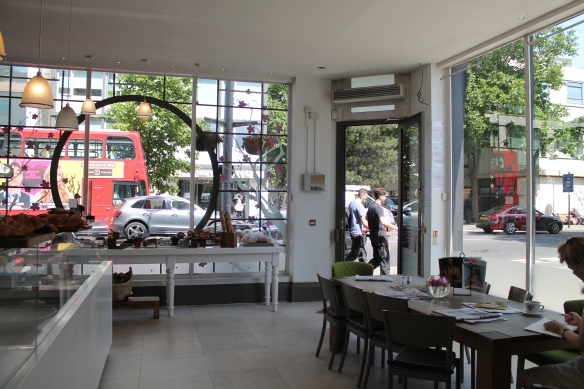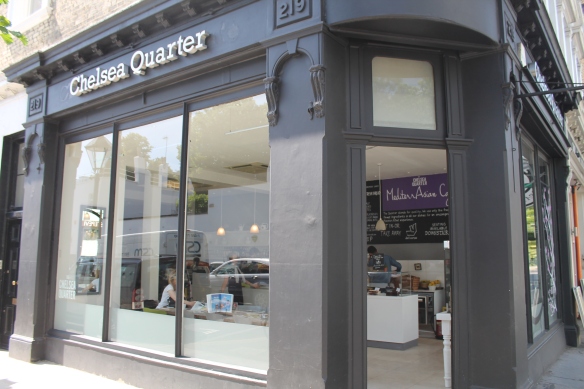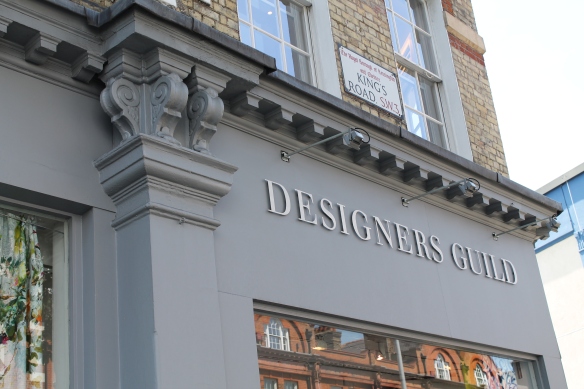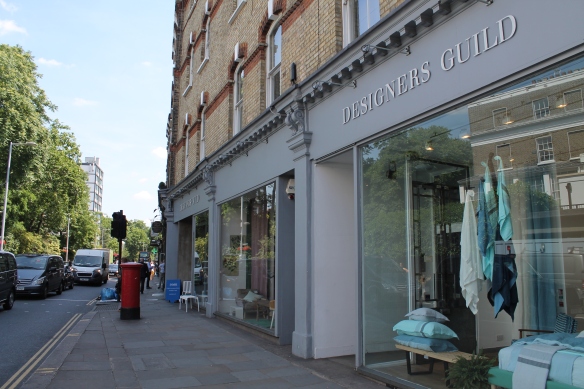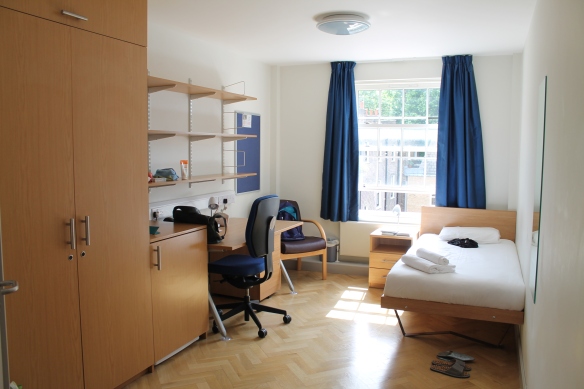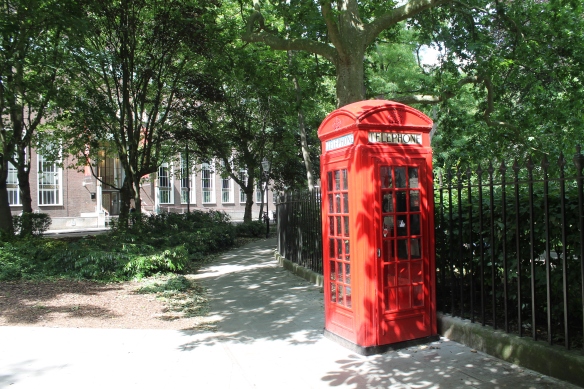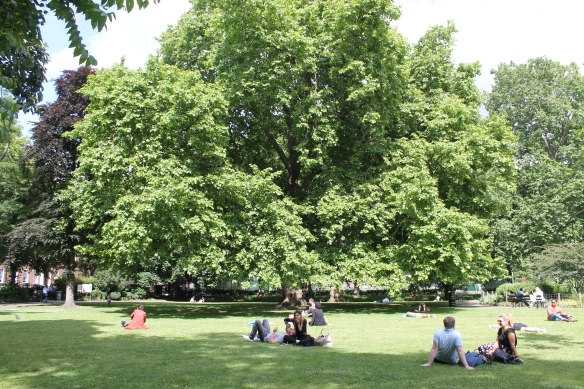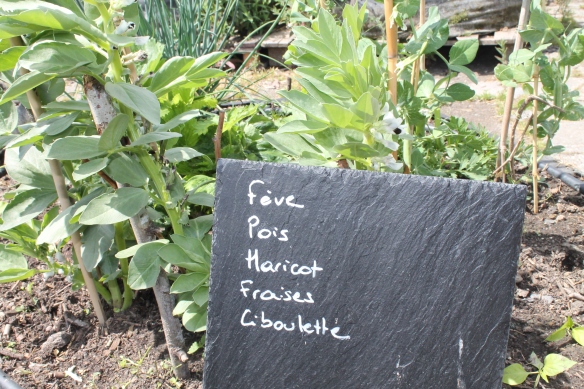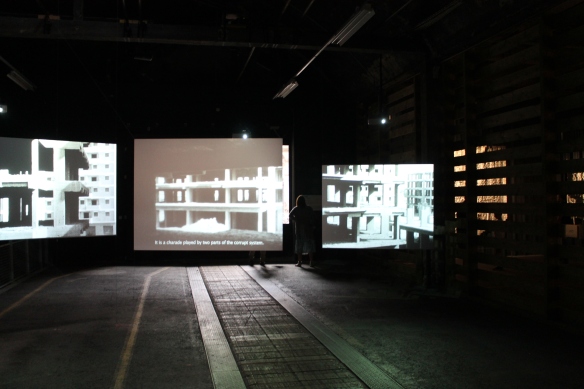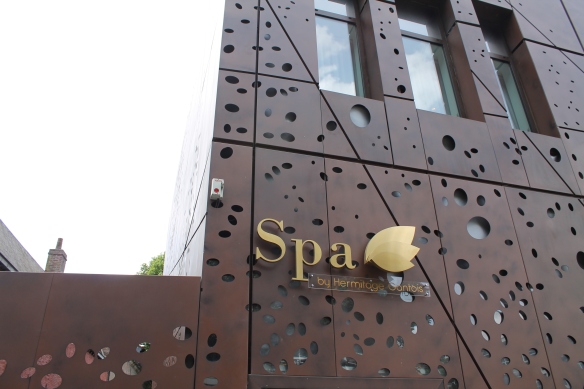
Before the Eurostar, you had to take a slow train from Paris to Calais, a slower boat across the English Channel to Dover, and an even slower train up to London. It took an entire day. The fabulous Eurostar hurtles across northern France at 300 kilometres per hour (186 mph) then slows down to enter the “Chunnel” (the Channel Tunnel) at 160 kilometres per hour (100 mph) before bursting out the other end in the south of England and then up to London. Travel time is two hours, 22 minutes.

Riding the sleek, high-speed Eurostar is, in my opinion, the height of sophisticated travel. Arriving at London’s St. Pancras train station is always exciting. A new service from London to Bordeaux opens on July 2nd. Other Eurostar destinations are Amsterdam, Avignon, Brussels, Bruges, Lille, Lyon, Marseille and Paris.
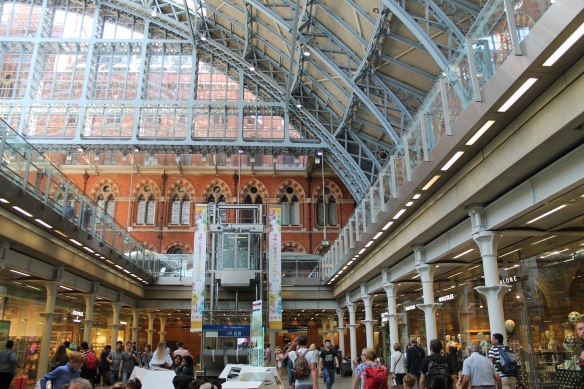
At a staggering cost of £800 million and over a period of six years, from 2001 to 2007, St. Pancras train station was completely renovated and expanded. The end result is stunning. To be frank, it puts Paris’s Gare du Nord to shame. There are shops galore, a champagne bar and other bars, coffee shops and eateries and, of course, connections to other rail services and the London Underground. I took the Underground (the subway) to a place I’d never been before, a hotel retreat in East London called The Royal Foundation of St. Katharine. The place had been recommended to me by an office colleague. I went because of its garden and quietude.
Set in tranquil gardens in the East End, this charity-run bed-and-breakfast is a historic retreat dating from the 12th century. It’s a 3-minute walk from Limehouse station and a 30-minute walk from Tower Bridge and the Tower of London.
Basic, TV-free rooms have en suite bathrooms, complimentary Wi-Fi, and tea and coffeemaking facilities.
A continental breakfast buffet is included, and there’s a bar and snack service throughout the day. Within the peaceful gardens, there’s a chapel, a lounge and a conservatory. Meeting rooms are available.

Arriving mid-afternoon, I walked briskly round the neighborhood then returned to the hotel/retreat/conference center. “Would you like to have a drink in the garden?” the friendly receptionist asked. “That sounds like an excellent idea,” I replied. So I gathered up some reading material and carried a large G&T (gin and tonic) outside with a packet of potato chips. And there I sat, in total silence save for the chirping of birds, reading the papers and enjoying the grass under my feet until dusk. There are no televisions or computers at St. Katharine. No smoking either.

This is the view from my bedroom window. I slept with the windows wide open and was lulled to sleep by the sound of the wind in the trees. Bliss.
Breakfast the next morning was a generous buffet spread of cheeses, cold cuts, smoked salmon, different kinds of healthy bread, cereals, yogurt, granola, fruit, juices, teas and coffee. All of the highest quality. I shared the breakfast room with a legion of Swedish teenagers, visiting for a conference.

After breakfast I walked around and came across these gorgeous sitting rooms.


Sunday morning I went for a walk and ended up near Canary Wharf overlooking the Thames River. Joggers and cyclists zipped past me.


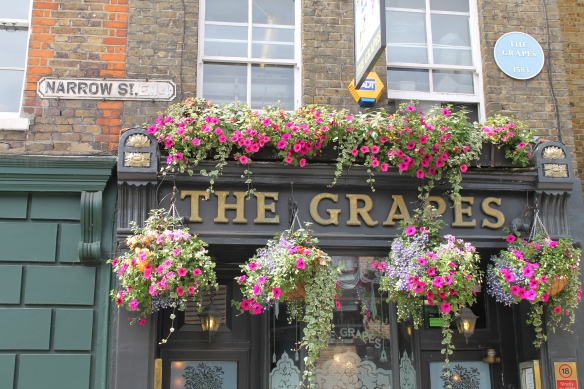
This area, called The Docklands, is very old and historic. This riverside pub called The Grapes, for example, dates from the 1720s and is on the site of a pub built in 1583. It was formerly a working-class tavern serving the dockers of the Limehouse Basin. It survived the intense bombing of the area in World War II.

Here’s Limehouse Basin today. Real estate prices range from £375,000 to over £1,600,000. In 1865, ships and barges entered this area which used to be called Regent’s Canal Dock. And then in 1969 the docks closed and were abandoned. The redevelopment of the Isle of Dogs area started in the 1980s and the previously “no-go” zone of industrial wasteland became a desirable “go-to” location for offices, apartment complexes and visitor attractions.
In closing, here’s my personal opinion on London’s East End: away from the financial hub of Canary Wharf and the steel and glass buildings of the dockside development, most of the East End remains what it has always been: poor, immigrant-populated, gritty. Some areas I walked through were charmless and utterly unlovely (that’s polite for downright ugly.) I wouldn’t walk around here at night.
Like New York City’s Lower East Side, the East End has been home to successive waves of immigration ranging from the Huguenots (French Protestants) to Bengalis, Pakistanis, Chinese, Russian and an important Jewish community. From the late nineteenth century until the late 1970s, the East End of London was to all intents and purposes a Jewish enclave. The Jewish community came suddenly and in great waves from 1881 onwards, transforming the areas they settled in, building synagogues, setting up tailoring and cabinet making workshops, opening Yiddish theatre and Jewish schools.
As much as I enjoyed my two-day retreat at The Royal Foundation of St. Katharine, I won’t return for two reasons: the area around it is unlovely, and to get there is complicated. From the subway line you have to switch to the DLR line (Docklands Light Railway). On the Monday, I checked out and moved into central London to one of my most favorite neighborhoods (Bloomsbury) and to a new hotel I hadn’t tried before.















